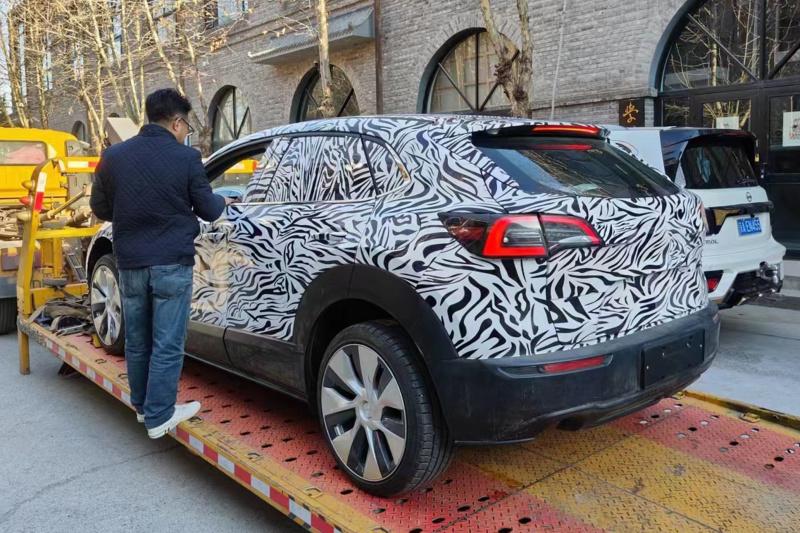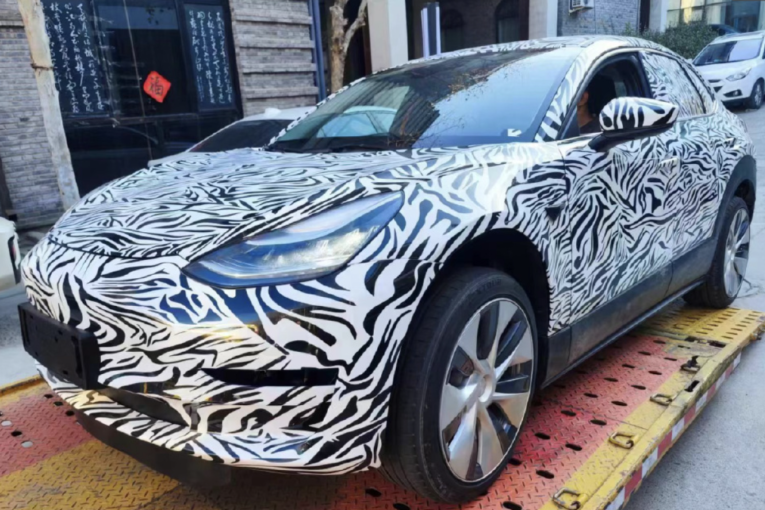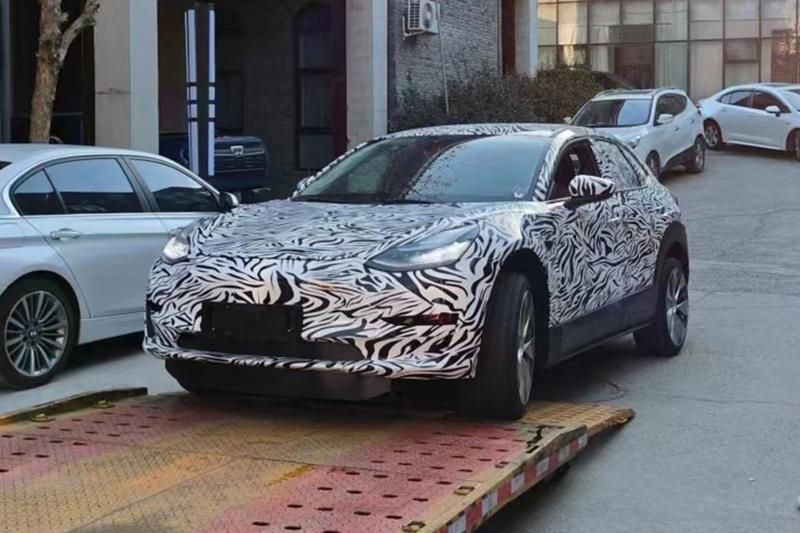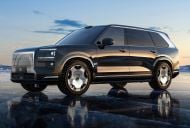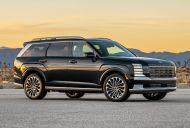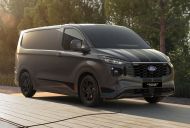Photos have appeared online of a prototype vehicle that could be Tesla’s long-rumoured small car.
The photos, published on Autospy, depict what appears to be a small SUV wearing similar headlights and tail lights to the Model 3 and Model Y.
In terms of size and proportions, however, it looks more in the ballpark of the Mazda CX-30.
The presence of a round flap at the rear plus what looks like a cutout for an exhaust could mean, however, this is a car from another automaker that has taken a little too much design inspiration from Tesla.
Tesla said earlier this year it would announce details on its next-generation platform on March 1, 2023.
Said “generation 3” platform could underpin a new entry-level model and a robotaxi.
“[An entry-level vehicle is] the primary focus of our new vehicle development team, obviously,” said CEO Elon Musk in a conference call following the release of Tesla’s Q3 2022 financial results.
“At this point, we are done with the engineering for Cybertrucks and for Semi. So, it’s obviously what we’re working on, the next-generation vehicle, which will be probably be about half the cost of the 3 and Y platform. It will be smaller, to be clear.”
Tesla’s cheapest model at present is the Model 3 RWD, which opens at $64,300 before on-road costs. Chinese brands like BYD and MG are making inroads in the local electric vehicle market with models that start well below that.
Elon Musk spoke of a new entry-level model back in 2020, with a mooted base price of US$25,000 (A$36,209 in today’s money) and “fully autonomous” capabilities.
But in 2021 the Tesla CEO appeared to pour cold water on plans of an entry-level model, saying during an earnings call, “We are not currently working on a $25,000 car. At some point we will. But we have enough on our plate right now — too much on our plate, frankly.”
One of those items on Tesla’s plate is the Cybertruck, which has been delayed and now won’t enter volume production until next year.
Tesla could keep costs down with its new 4680 batteries, first announced in 2020, which are said to be both more energy-dense and affordable to produce.
The company confirmed in December it had reached a weekly production output of 868,000 cells, which it says is enough to power 1000 vehicles.
A new entry-level model could help boost Tesla sales in the important Chinese market, where it would likely be produced.
Tesla announced price cuts there earlier this year, which gave the brand a boost in sales. But it’s facing tougher competition from local brands, chief among them BYD which is rolling out more affordable EVs like the Dolphin and Seagull.





